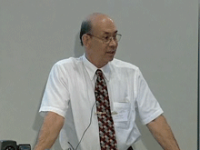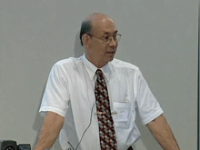Electric Vehicle History — Setting the Record Straight


According to the movie Who Killed the Electric Car? “after the success of the Sunraycer, GM contacted AeroVironment and asked them to work on the development of an electric car.” Well, this is absolutely not true. What really happened was that AeroVironment submitted an unsolicited proposal to GM in early 1988 which was based on a 1985 proposal generated jointly by AeroVironment and me. This earlier proposal (code named “Electrospirit” was submitted to GM, but was not funded.
At the time, I was part of JPL’s Electric Power section and was working on AC drives and sealed lead acid batteries. The idea was that JPL and AeroVironment would join forces to develop a high-performance electric vehicle, based on the propulsion work I was carrying out at JPL — and on AeroVironment’s strengths in connection with aerodynamics and light-weight structures. This later proposal (code named Santana) was funded after much arm-twisting and politics — and lead to the development of the EV-1. The original concepts generated by me at JPL were central to the EV-1 (induction motor, integrated charging, high voltage battery bus, various control techniques, cooling techniques were all elements brought forward from JPL to GM).
This is important history, as it establishes the origin of the modern electric car development. For me and my family, it is of course important as it provides a fair account of my involvement. The leadership at AeroVironment is well aware of this error, but has not been willing to come forward – likely because of their connection with GM. (For many years, Ken Baker, a former GM executive, was one of AeroVironment’s Board of Directors.)
Without this correction, history reads that GM got the ball rolling with their initiation of the EV-1 project.
